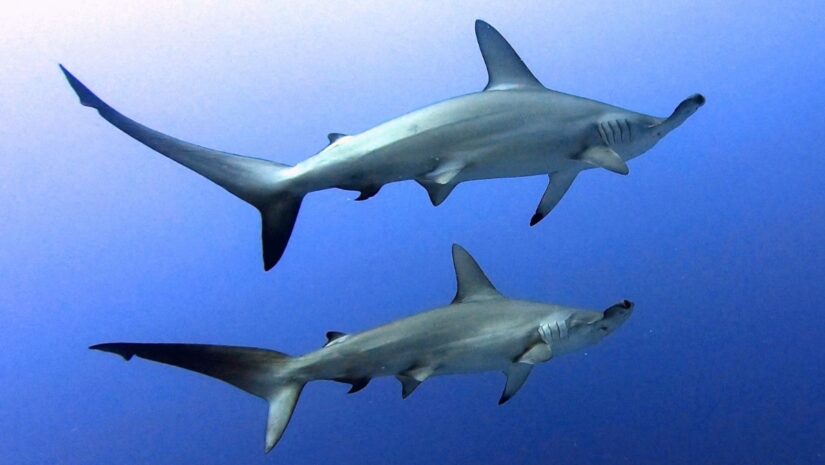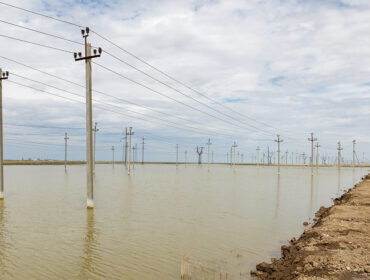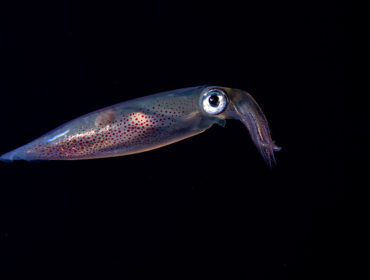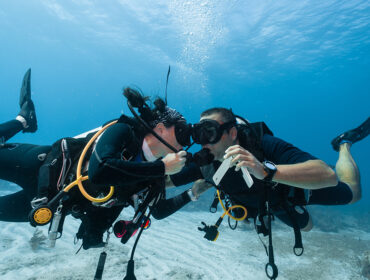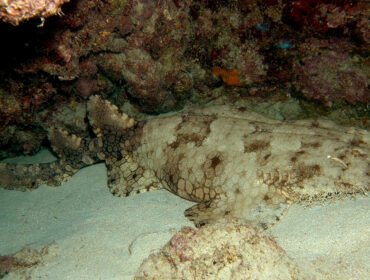Scuba divers much love hammerhead sharks, and for good reason. Their uniquely shaped head and elegant motions make them so beautiful to observe. For those fortunate enough to see them, these elegant sharks frequently form a fantastic sight when swimming in large schools. Sometimes, they pass by in hundreds! If you’re lucky, the group scouts will get close to you and bring the rest of their friends. Hammerheads can be found in many places. There are a few spots where you are very likely to encounter them.
Galápagos Islands, Ecuador: A Haven for Hammerhead Sharks
Famous for their great biodiversity above and below the surface, the Galápagos Islands are a UNESCO World Heritage Site. Darwin and Wolf Islands are the best places for divers to come across Scalloped hammerhead sharks. You can only reach these islands when diving from a liveaboard due to their location. Particularly from June to November, these remote islands, surrounded by nutrient-rich currents, create the perfect habitat for hammerhead encounters. The colder Humboldt Current attracts many kinds of marine life during this peak season. The pleasure of diving with hundreds of hammerheads in their native environment is absolutely amazing. However, strong currents and advanced diving conditions mean this site is best suited for experienced divers.

Cocos Island, Costa Rica: Remote Hammerhead Shark Schools
Cocos Island, located over 340 miles off the coast of Costa Rica, is a remote and pristine dive destination. It is also recognized as a UNESCO World Heritage Site. Hammerhead sharks feel at home here. The island is remote, and its protected status has helped maintain its rich marine life. Especially well-known are Cocos Island’s big schools of Scalloped hammerheads that gather around cleaning stations and undersea seamounts. Visit during the rainy season, from June to November, when nutrient-rich currents attract plenty of marine life, including hammerheads, whale sharks, and tiger sharks. Cocos is a place that is best suited for experienced divers as most dives done here are deep, and there is often a strong current.
Socorro Islands, Mexico: The Shark Capital of the Revillagigedo Archipelago
The Socorro Islands, part of Mexico’s Revillagigedo Archipelago, are often referred to as “the Galápagos of Mexico” due to their biodiversity and abundance of pelagics. Scalloped hammerhead sharks are very often spotted at underwater cleaning stations, where tiny fish groom them by removing parasites. These cleaning stations give divers great chances to spot hammerheads up close, as there’s a fair possibility the hammerheads will stop by. November through May is the ideal season to explore Socorro since the colder water draws hammerheads and other species, including big manta rays, dolphins, and even humpback whales. Famous for its deep dives and strong currents, Socorro is a demanding dive location and thus only suitable for advanced divers. You can only reach Socorro by liveaboard as it’s 375 miles off the coast of Mexico.
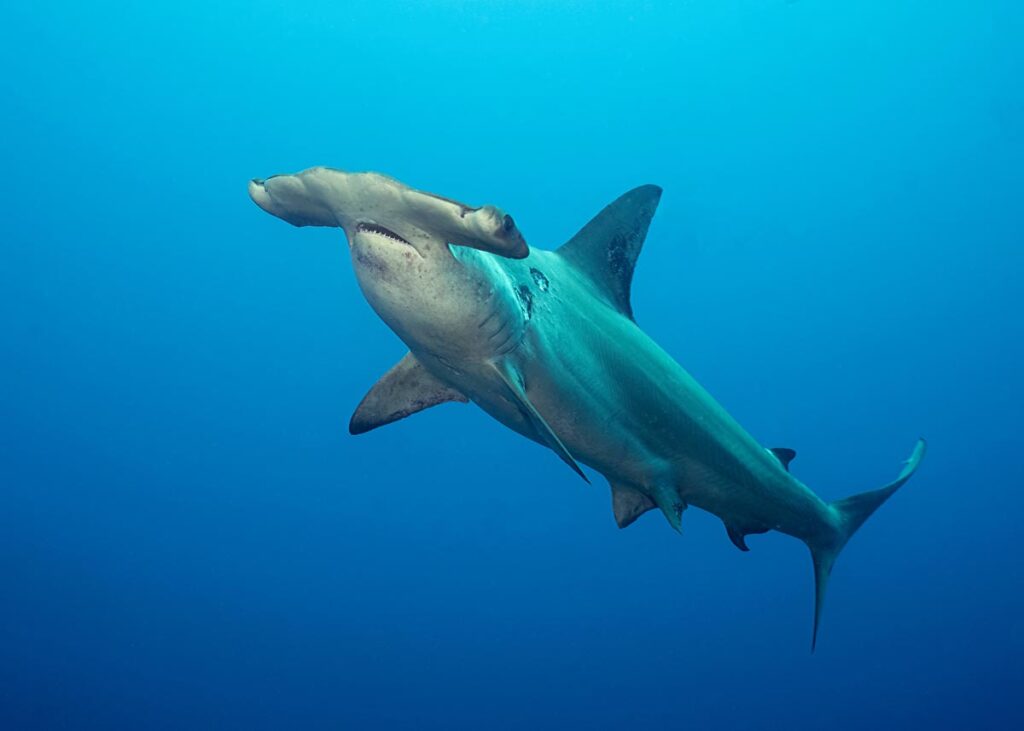
Bimini, Bahamas: Great Hammerhead Sharks in Shallow Water
One of the best places on Earth to see hammerhead sharks is the Bahamas’ little island group, Bimini. Unlike other locations where hammerheads are usually found in deeper waters, Bimini offers the opportunity to see these amazing sharks in shallow, crystal-clear water. Great hammerheads visit the region from December to March, promising divers constant sightings. Dives often go only as deep as 16 to 32 feet, giving divers a close and amazing experience as these large sharks (some reaching 13 feet in length) swim gracefully through the water. If you’re looking for an amazing encounter with Great Hammerhead sharks, this is it. Bimini’s proximity to Florida also makes it a very easy location to reach, and you can dive with them for just a day if you like, staying in a resort.
Egypt’s Red Sea: Hammerheads at Brothers and Elphinstone
In the Red Sea in Egypt, there are several great dive sites where hammerheads are spotted. The Brothers Islands and Elphinstone Reef are among the top locations for spotting these sharks, particularly Scalloped hammerheads. Both sites consist of deep walls with a strong current, attracting hammerheads during the summer months (June to September). At these times, divers often see small groups or solitary hammerheads cruising along the reef edges in the nutrient-rich waters. The area is also home to a variety of other marine species, including oceanic whitetips and grey reef sharks. As the dive sites are fairly deep, you’ll need to be at least Advanced Open Water certified. While Brothers is usually only reached by liveaboard, Elphinstone can also be reached as a day trip from Marsa Alam.
Feature Image by the Author – Rianne Poesse

